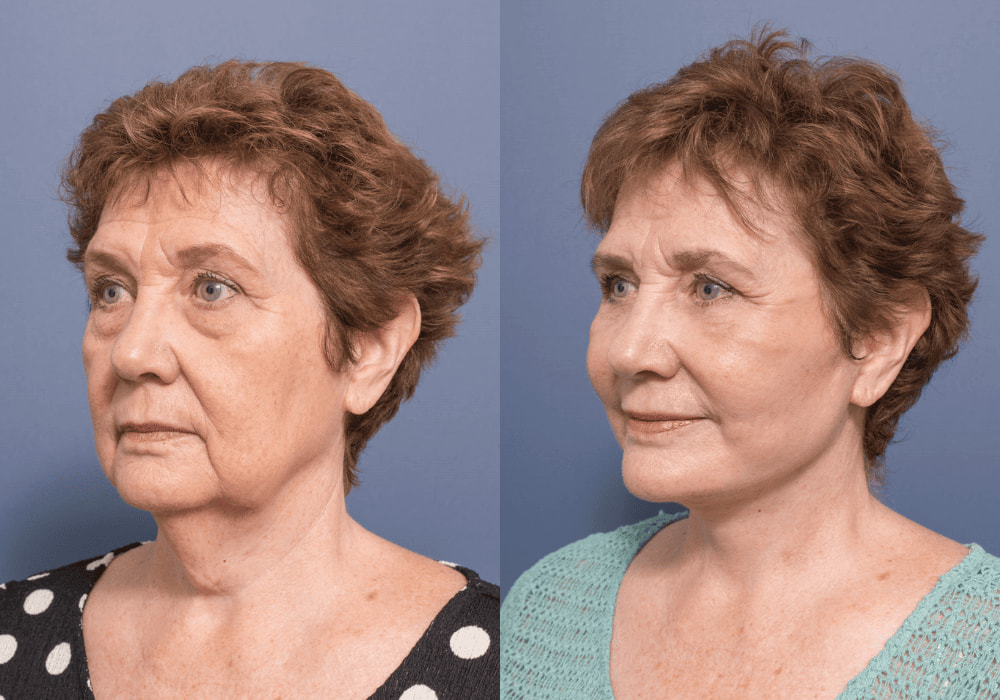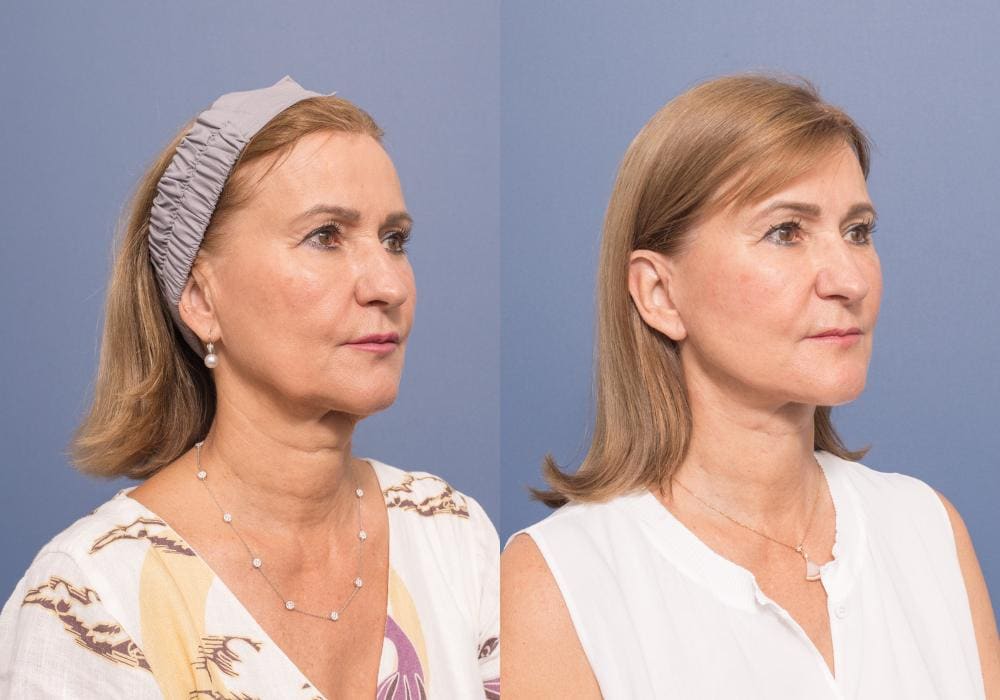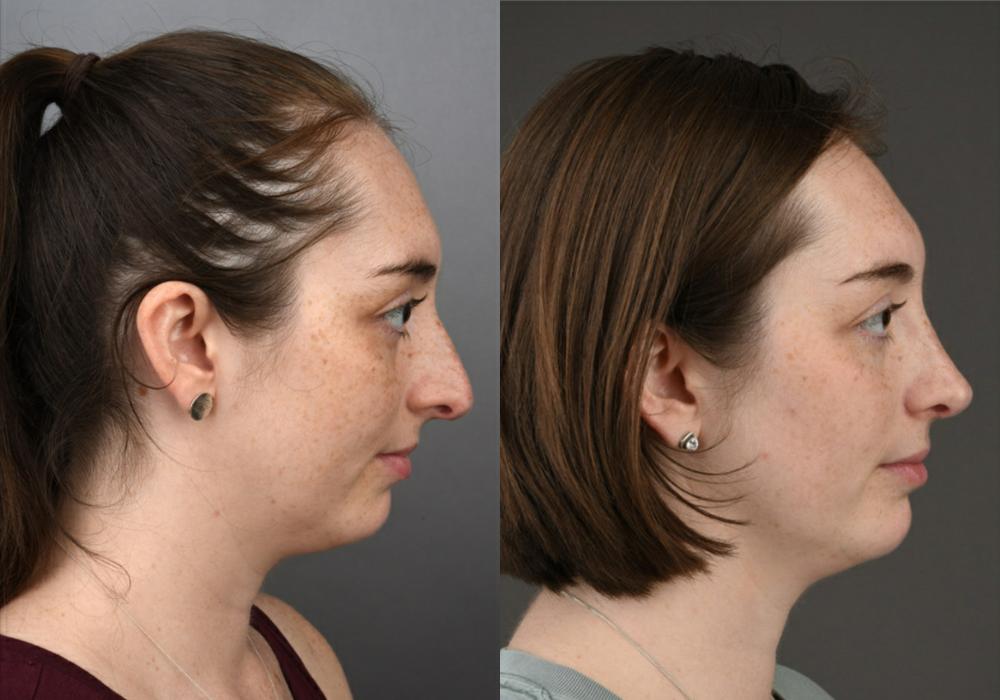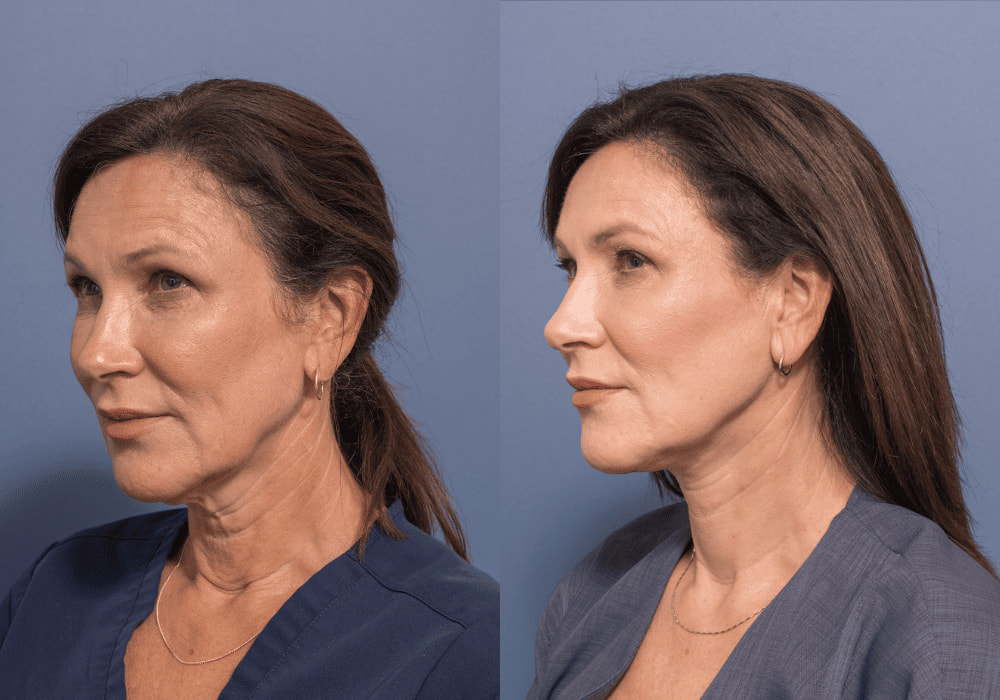
Canthopexy and canthoplasty are surgical procedures designed to tighten and reposition the lower eyelid and outer corner of the eye. The goal of these procedures is to restore a more youthful position of the lower eyelid.
Canthopexy & Canthoplasty: These procedures are great for individuals looking for tighter or repositioned eyelids
(both lower and upper)!
What is a canthopexy/canthoplasty?
This procedure involves the use of sutures to tighten and support the lower eyelid, while canthoplasty involves the repositioning of the lower eyelid and outer corner of the eye by using sutures to anchor it to the bone around the eye socket.
What are the benefits of canthopexy and canthoplasty?
When performed in combination with lower lower blepharoplasty, canthopexy and canthoplasty can provide several benefits, including:
- Enhanced lower eyelid support: Canthopexy and canthoplasty can provide additional support to the lower eyelid, helping to prevent complications such as ectropion (outward turning of the eyelid).
- Improved lower eyelid positioning: These procedures can help reposition the lower eyelid, resulting in a more youthful and rejuvenated appearance to the eye area.
- Better overall facial harmony: By improving the positioning of the lower eyelid and outer corner of the eye, canthopexy and canthoplasty can help create facial harmony and balance.
Canthopexy and canthoplasty procedures can help prevent a complication known as ectropion after lower eyelid surgery. Ectropion is a condition in which the lower eyelid droops away from the eye, exposing the inner surface of the eyelid and causing excessive tearing and irritation. This condition can occur if too much skin or muscle is removed during lower eyelid surgery or if the supporting structures of the eyelid are weakened.
During a canthopexy or canthoplasty procedure, the supporting structures of the lower eyelid are tightened and repositioned, helping to prevent ectropion from occurring. This can lead to a smoother recovery and better cosmetic results after lower eyelid surgery.
In addition to preventing complications, a canthopexy or canthoplasty can also have cosmetic benefits. By elevating the lateral canthus (the outer corner of the eye) with a canthopexy, Dr. Honeybrook can rejuvenate the appearance of the eyes. This is because a downward slant of the outer eye can give a tired or aged look to the eyes, while an upward slant can give a more youthful and alert appearance.
As with any surgical procedure, the best approach will depend on the patient’s individual anatomy and aesthetic goals. Dr. Honeybrook will work closely with each patient to develop a customised treatment plan that addresses their unique concerns and helps them achieve the desired results.
How is the procedure performed?
Canthopexy and canthoplasty are typically performed in combination with lower blepharoplasty surgery under general anaesthesia.
During the procedure, Dr. Honeybrook will make incisions in the natural creases around the outer corner of the eye to access the lower eyelid and outer corner of the eye. Depending on the procedure, sutures will be used to either tighten and support the lower eyelid (canthopexy) or reposition the lower eyelid and outer corner of the eye (canthoplasty).
After the procedure, patients will experience some swelling and bruising, which usually subsides within two weeks. Patients will need to follow post-operative care instructions carefully to ensure optimal healing and results.
Note: Any surgical or invasive procedure carries risk. These risks will be discussed with you in detail during the consultation. For further information on risks please refer to the patient resources section of the website.





